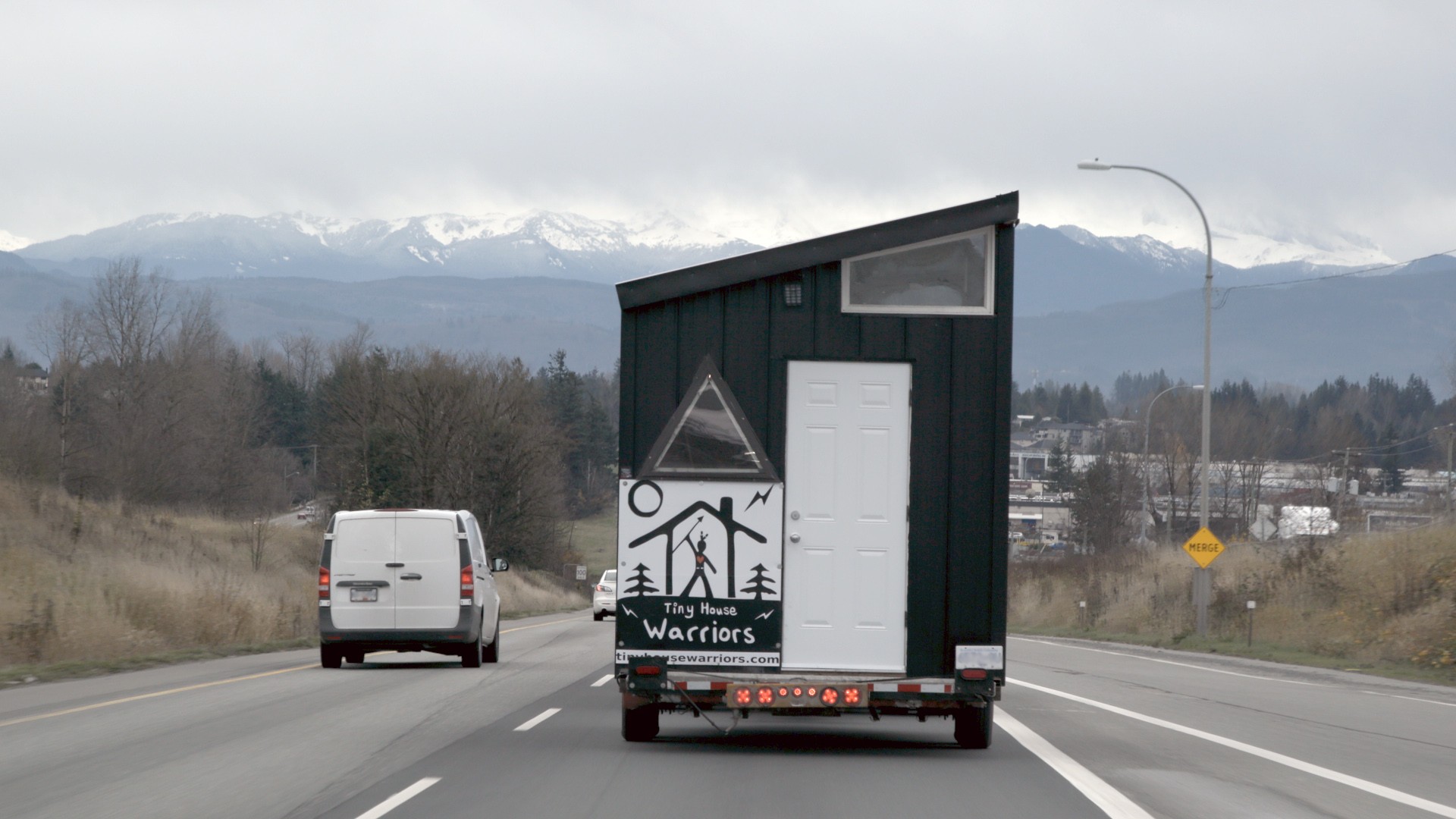The suppression and destruction of Indigenous languages, as well as global English dominance, is a core part of environmental destruction. Photo by RyersonClark/Getty Images
Tipping Point covers environmental justice stories about and, where possible, written by people in the communities experiencing the stark reality of our changing planet.
Advertisement
Advertisement
Advertisement
Advertisement
Advertisement
Advertisement

Advertisement
